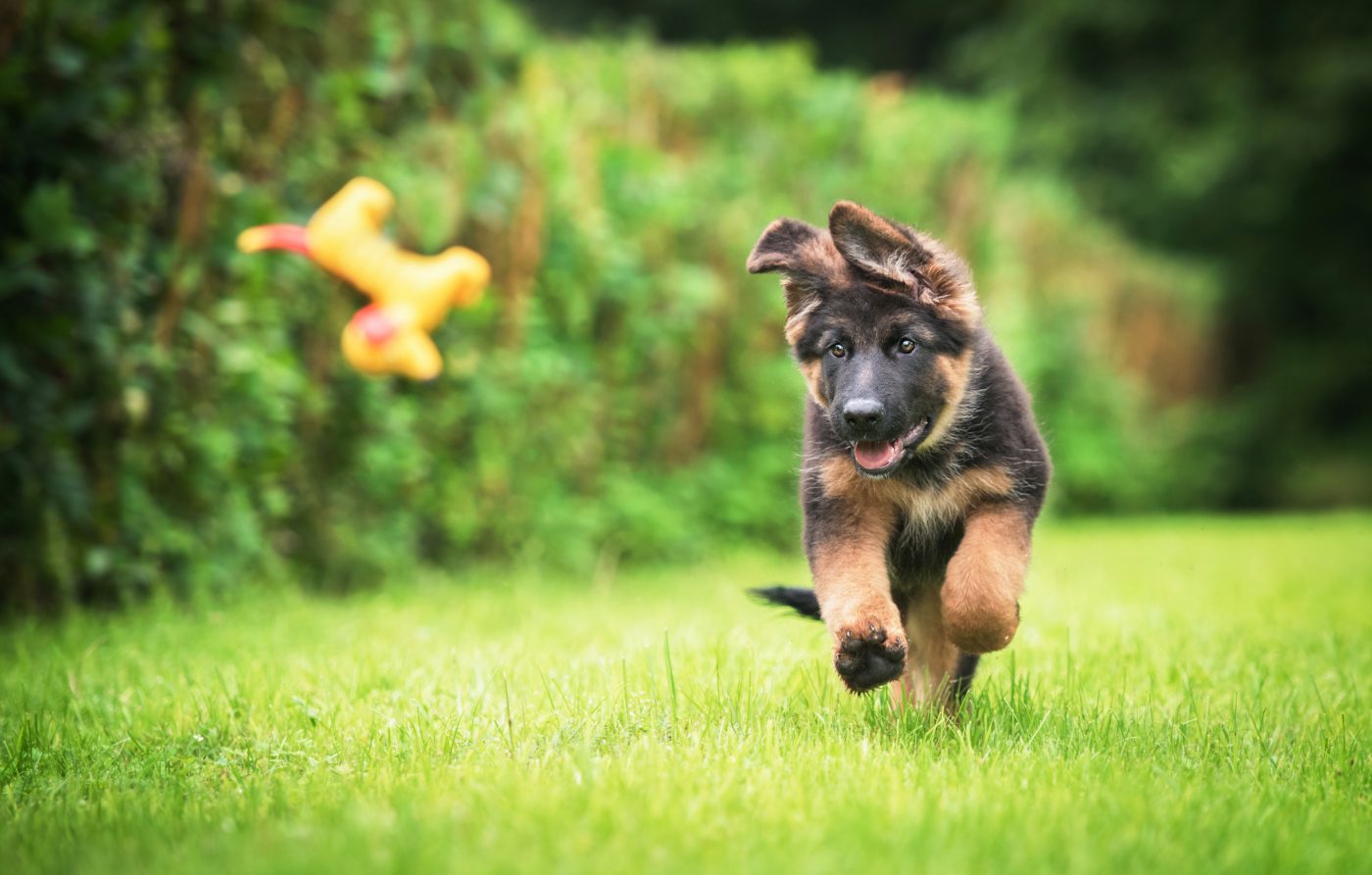Top Puppy Educating Methods to Ensure a Well-Behaved Family Pet
Reliable young puppy training is vital for cultivating a mannerly buddy, and various strategies can considerably affect a pet dog's development. As we discover these methods better, it becomes clear that the success of puppy training pivots on a combination of techniques that can transform your pet's habits in exceptional methods.
Favorable Support Strategies
Utilizing favorable reinforcement methods is vital for reliable puppy training, as it motivates desired habits via rewards instead of penalty. This method profits from the natural knowing procedures of pets, strengthening excellent actions by providing tangible and immediate benefits, such as deals with, appreciation, or playtime. By connecting favorable end results with particular activities, pups are much more most likely to repeat those habits in the future.
Reliable positive reinforcement includes timing and consistency. Benefits should be provided instantly after the wanted behavior strikes develop a clear link in the young puppy's mind. In addition, differing the kinds of rewards can preserve a pup's interest and motivation throughout the training procedure. Some young puppies may respond much better to verbal praise while others may favor a favored plaything or reward.

Consistency in Educating Commands
Keeping consistency in training commands is important for enhancing the lessons learned through positive support strategies. Dogs flourish on regular and predictability, so making use of the same verbal commands and hand signals for particular habits is crucial. This uniformity assists young puppies recognize what is anticipated of them, minimizing complication and irritation for both the instructor and the pet dog.

Timing likewise plays a considerable role in uniformity. Commands should be provided promptly throughout training sessions and complied with right away by positive support, such as treats or appreciation. This prompt feedback assists solidify the organization between the command and the preferred habits.
Incorporating uniformity into training sessions will certainly create a secure knowing setting, promoting quicker proficiency of commands. Eventually, a well-structured strategy promotes a solid bond between the pup and its owner, bring about a more obedient and mannerly pet.
Socializing With Other Family Pets
Socialization with other pet dogs is important for click to read more a pup's advancement, as it aids them learn proper actions and communication abilities in varied social contexts. Early communications with various animals can significantly influence a pup's temperament and versatility in numerous situations. When pups are subjected to a selection of pets, they end up being more positive and much less afraid, which can protect against potential behavior concerns later in life.

Furthermore, observing body language during communications is crucial. Instruct your pup to identify signals from various other animals, such as signs of playfulness or pain, promoting mutual regard and understanding. Routine socialization not just improves your pup's social abilities but additionally adds to their overall health, producing a more unified living environment. Finally, prioritizing communications with other pets will certainly yield a well-shaped and socially skilled canine.
Cage Training Benefits
Acknowledging the countless advantages of dog crate training can significantly boost both the puppy's and owner's experience. Crate training gives a secure and risk-free setting for puppies, guaranteeing they really feel safeguarded when left alone. This feeling of security can dramatically reduce anxiety and anxiety degrees for both the proprietor and the pet dog.
Additionally, pet crates serve as an important house-breaking device. Pups normally avoid soiling their sleeping area, therefore reference urging them to hold their bladder until they are let outside. This instinct can accelerate the house-training procedure, fostering great routines beforehand.
When not being watched,Crate training also aids in managing a puppy's behavior - puppy training. By offering a designated space, owners can avoid harmful habits, such as chewing on furnishings or getting involved in hazardous compounds. Pet crates can be beneficial during travel, providing a familiar space that can aid relax a pup in brand-new settings.
Last but not least, developing a cage routine motivates self-reliance, enabling puppies to learn just how to be alone without concern. Generally, cage training is an effective approach for advertising harmony, safety, and discipline, leading to a well-adjusted, mannerly family pet.
Chain Training Essentials
Leash training is a fundamental element of responsible pet dog possession that makes sure a pleasurable and secure strolling experience for both the puppy and its owner. Correct chain training begins early, preferably throughout the puppy's socialization duration. This training helps establish great behaviors and promotes positive actions when out in public.
To begin, pick a comfy collar or harness that fits your puppy well. Attach a strong chain, guaranteeing it is not too long, as this can result in drawing and irregular behavior. Start in a peaceful atmosphere to decrease interruptions and slowly present your pup to brand-new surroundings.
Usage positive reinforcement methods, such as treats and praise, to encourage your puppy to walk beside you. If your puppy pulls, stop walking and wait for them to return to your side before continuing.
Additionally, incorporate short training sessions with enjoyable disturbances to construct your pup's emphasis. With commitment and determination, leash training will result in a well-mannered companion, making strolls delightful for both the owner and the puppy.
Conclusion
In conclusion, utilizing effective young puppy training strategies is important for creating a well-behaved family pet. Overall, these techniques jointly advertise a harmonious partnership in between puppies and their owners.
As we discover these methods additionally, it becomes clear that the success of young puppy training pivots on a combination of techniques that can change your pet's habits in impressive ways.
Using favorable reinforcement methods is crucial for effective pup training, as it urges preferred habits through benefits instead than punishment.Crate training likewise assists in managing a young puppy's habits when see post unsupervised.Leash training is an essential element of liable pet dog ownership that makes sure a secure and delightful strolling experience for both the pup and its proprietor.In conclusion, employing effective young puppy training strategies is crucial for developing a well-behaved pet dog.